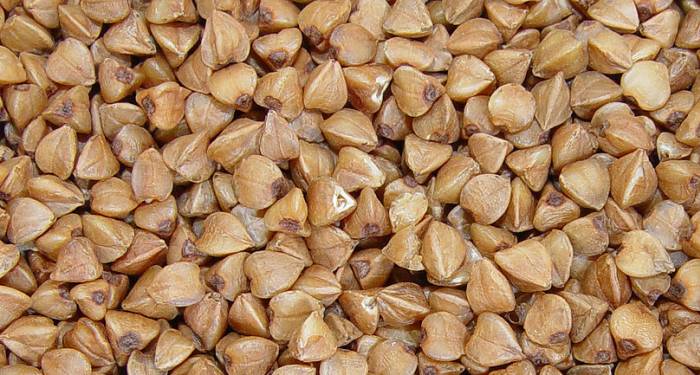The shelf life of buckwheat varies from 18 to 24 months, depending on storage conditions. Store buckwheat in clean, dry, well-ventilated places that are free from pests.
In accordance with GOST standards, the optimum temperature for storing buckwheat should not exceed 0-25 degrees Celsius, and humidity should not exceed 70%.
The recommended shelf life of buckwheat is set by the manufacturer depending on the following factors:
Weather, climatic conditions also affect the quality of buckwheat, and hence the cereals obtained from it. When compiling batches of buckwheat sent for processing, mixing of grains of various types, types (sizes, shapes, technological properties), and different moisture content should not be allowed. It is impossible to obtain high-quality cereals from buckwheat kernels with a foreign smell, moldy, self-heated and with a large amount of impurities. Grain deficiencies tend to be transferred to cereals. High-quality buckwheat is obtained from fresh and well-made grain.
Under severe conditions of thermal exposure, decay and loss of the quantitative content of vitamins occur; a high degree of protein denaturation leads to its destruction and the formation of the so-called insoluble dense “residue”, which is not absorbed by the human body.
The most commonly used material for packing cereals are multilayer films made of polypropylene and polyethylene. They can be three-seam bags, doy-pack bags, bags with side folds, etc. The indisputable advantages of such grocery packaging include its resistance to various external influences and complete tightness. It allows not only to protect cereals from spoilage during transportation, but also to preserve all their useful properties. Another option is cardboard packaging, which does not emit any harmful substances, due to which it does not have a negative impact on human health. In addition, cardboard is an environmentally friendly packaging material, the disposal and recycling of which does not harm the environment. Location of warehouses.
Buckwheat does not tolerate sunlight well, so it should be stored both at home and in the store only in darkened rooms or in special packaging. In general, the shelf life of food products at lower storage temperatures increases. When choosing where to keep buckwheat, do not forget that any cereal perfectly absorbs odors. Therefore, place containers with the core away from products with a pronounced aroma.
Purchase of buckwheat. The main region that is engaged in the cultivation and processing of this crop is the Siberian Federal District, where the main producing region is the Altai Territory. Next comes the Central, Volga and Ural federal districts.
Buckwheat groats are sold, packed in: 0.8 kg, 0.9 kg, 1 kg, 3 kg, 5 kg, 10 kg, 25 kg, 50 kg.


